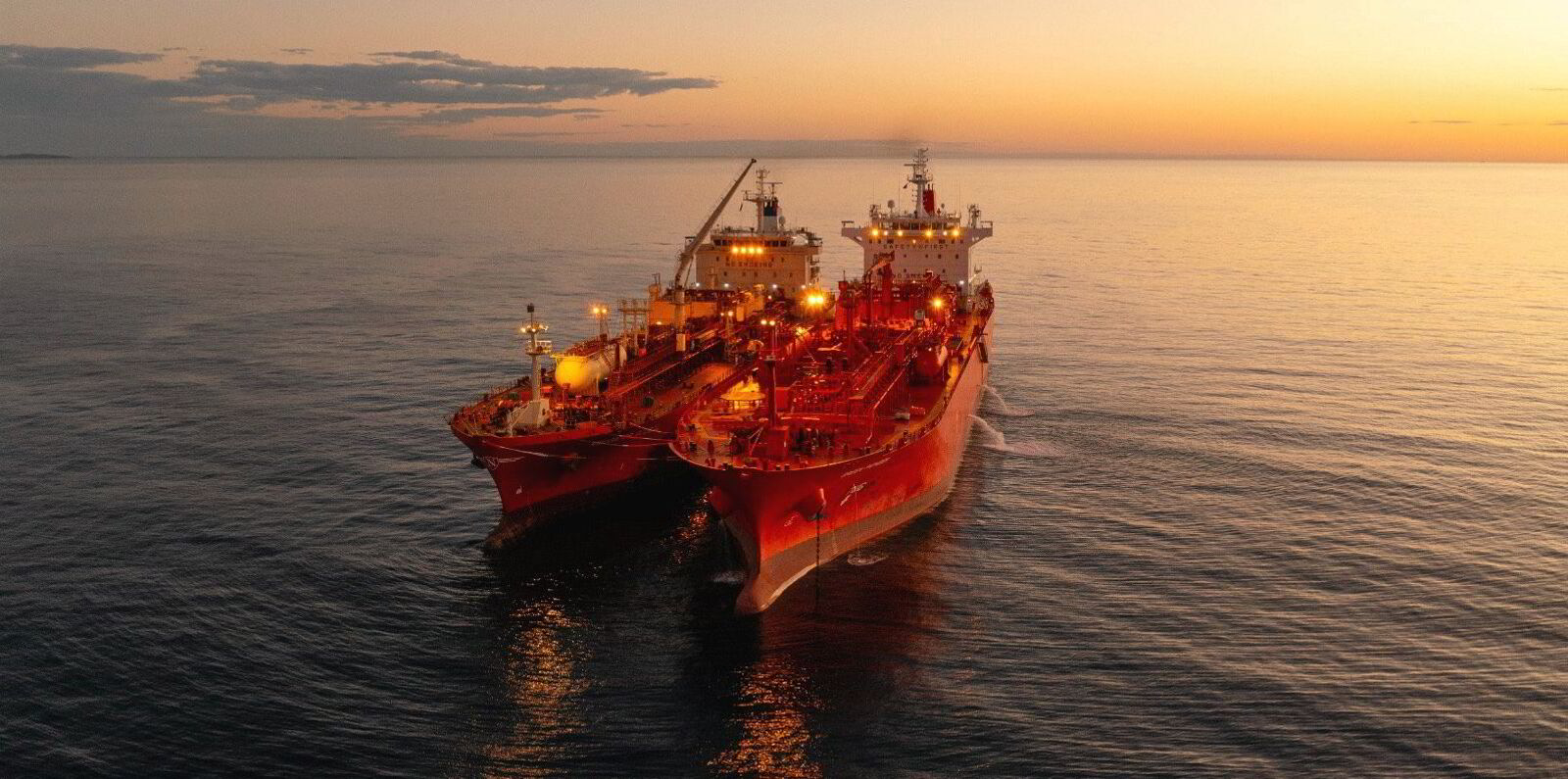The Global Centre for Maritime Decarbonisation has hailed a pilot effort to carry out ship-to-ship transfers of ammonia as a success, marking a “crucial step” towards bunkering the zero-carbon fuel.
The four-day operation involved a who’s who of shipping names, including Japan’s Mitsui OSK Lines, Idan Ofer’s Eastern Pacific Shipping and New York-listed Navigator Gas, alongside mining giants BHP and Rio Tinto.
Lynn Loo, the chief executive of the Singapore-based decarbonisation centre, said the effort safely completed a pair of ammonia transfers between two gas carriers.

“The GCMD team, along with our partners, have worked extremely hard to ensure safe execution of the project, which is an important milestone for us. I am very grateful and proud of their dedication and commitment,” Loo told TradeWinds.
The operation at Western Australia’s Port Dampier was carried out under conditions aimed to be as close to bunkering a vessel as possible.
The location at the Pilbara port, not to mention the involvement of iron ore miners and major bulker owners, was also meaningful as a demonstration of ammonia’s potential in the benchmark capesize trade between Western Australia and China.
“This pilot marks a crucial step towards readying the ecosystem for using ammonia as a marine fuel, paving the way for eventual bunkering when ammonia-fuelled vessels become available,” Loo said.
The effort, which also included Australia’s Pilbara Ports, fuel player Yara Clean Ammonia and classification society DNV, involved transferring 4,000 cbm of ammonia from MOL’s 35,200-dwt LPG carrier Green Pioneer (built 2010) to Navigator’s 22,600-cbm Navigator Global (built 2011).
Back-and-forth transfers
Then the 2,700 tonnes of ammonia was transferred back to the Green Pioneer, with both operations take place at a rate of 700 to 800 cbm per hour.
The decarbonisation centre’s ammonia team coordinated operations from a nearby service vessel, from the Green Pioneer and from an onshore location.

In a joint announcement, the decarbonisation centre, Pilbara Ports and Yara Clean Ammonia said the transfers reinforce the region’s potential to serve as an ammonia bunkering hub.
They said the pilot marks a step towards “operationalising” a low-emissions shipping route for the iron ore trade, which could need up to 1.5m tonnes of ammonia by 2035.
Pilbara Ports chief executive Samuel McSkimming said the Australian region is an “obvious beachhead” for green fuels investments.
“It has all the ingredients for success: a vast industrial base, stable demand, ample access to solar and wind energy and world-leading export infrastructure,” he said. “The scale of maritime operations in the Pilbara, together with its critical role in supplying half the world’s iron ore, make it the centrepiece of efforts to decarbonise the world’s bulk shipping fleet.”
This article has been amended since publication to reflect that the ship-to-ship transfer paves, rather than pays, the way for ammonia bunkering and that the decarbonisation centre’s ammonia team coordinated from two vessels and onshore.
Read more
- Is Nike taking its ‘Just Do It’ attitude to shipping emissions?
- Maersk CEO calls for IMO action as Olympic snowboarder names methanol-fuelled ship
- Vanguard of shipping companies invest in green fuel production
- Brussels turns screw on shipping’s polluters after anticlimactic carbon trading rules
- Trafigura strikes biofuels deal with John Fredriksen venture in drive to tackle upcoming EU rules



